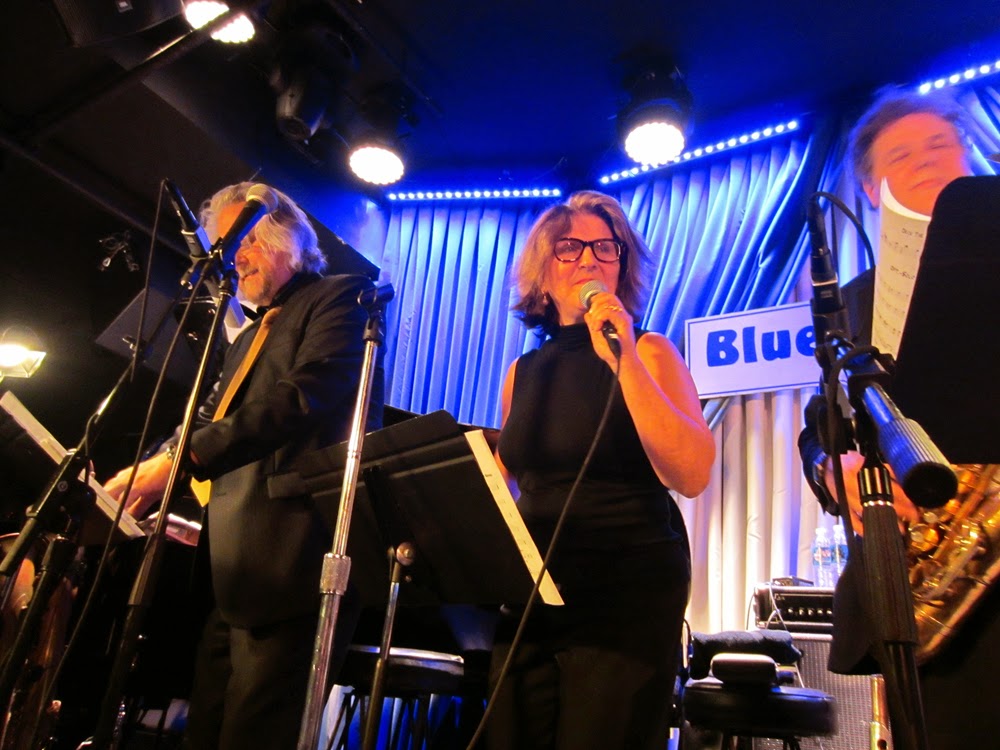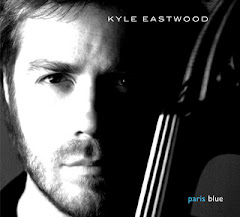The drive from Madison Alabama to New Orleans Louisiana
takes anywhere from six to eight hours, depending on how many stops and how
long they are. Although the trip is almost 100% highway, portions of it are on
decidedly neglected highways. In addition to beat up, old, poorly maintained
roads where you take your life in your hands if you go over 60 miles per hour,
the state of Mississippi pretty much figures you’re a hillbilly and will pee in
the woods anyway, so there are not many rest stops once you enter the state and
until you leave the state. That is to say, if you travel to New Orleans from
Madison, you will almost certainly end up stopping at the first rest stop in
Louisiana, which is the very comfy, cozy, coffee serving New Orleans Welcome
Center on I-10.
After Mrs S and I had taken care of business, she started
thumbing through the racks of brochures, which, again, is a given. We've done
it on every previous trip to New Orleans. I was wandering around, seeing what
would catch my eye and I heard one of the greeters say, “Can I help you find
something?” I was about 20 feet from the desk, so I didn't think she was
talking to me. Then I heard, “Would you sign our guest book?” So, I looked over
and sure enough, she was talking to me and the other greeter was watching. “Um,
no, and yes,” I said, counting the answers to two questions on my fingers. As I
signed the book, the greeter and I were chatting and I happened to mention we
were staying at The Monteleone. “Oh, my son is manager of the Carousel Bar
there.” I said I’d be happy to say hello to him, as I knew I was going to be
spending some time in the bar, and she said, his name is Michael D__. (You can
probably Google his name, but I’ll redact it here for privacy.) I repeated his
name and she said, “Oh you’re pronunciation is perfect.” (It’s not a hard name,
but lazy, non-French people would tend to pronounce this French family name
differently.)
 |
| Me and one of my drinks. The photo bomber is the bar manager, Michael (keep reading). |
On the last day of the trip, following dinner in the hotel,
we finally made our way to the bar. I was looking forward to meeting Michael
and using the two free drink coupons I got when we checked into the hotel and I
told them I was celebrating my birthday with them. Of course, on Christmas Eve,
the Carousel Bar was packed and people were jumping on seats as soon as anybody
stood up, so Mrs. S and I found two seats in the equally packed lounge
adjacent.
Our waitress came over and when she brought our two free
drinks, I asked if I Michael was working that night. She said, oh yes, and I
said, well, I’m sure he’s quite busy and he doesn't know me, but if he could
spare a moment, I’d like to talk to him for a minute. And she said, no problem,
and he did come over and I did talk to him. Very nice guy. I told him the story
about promising his mom to say hello. We talked about his mom and about the
action in the bar, and how many times I’d been to New Orleans, and then I
apologized and told him thanks for talking with me and allowing me to make good
on my promise to his mom to say hello to him. He said it was his pleasure. So I
sit back down and order another drink, and our waitress informs me it’s on the
house and so is Mrs. S’s next one. I said, wow, great, and what’s your name and
she says, “Tuna.” I look at her and raise an eyebrow, “Tuna?” She smiles and
says, yes, just like the fish. Okay, well then let me get a picture with you.
And we did.
 |
| Me and Tuna. |
As it was getting close to midnight, Santa Claus showed up.
I’m not sure if it was before his rounds or after his rounds, but I hadn't been
all that naughty this year, so he let me take a picture with him. I should have
bought him a drink. When we went to sit back down, Tuna was serving guests
across from our seats, putting her right between me and Mrs. S. I told Mrs. S
to wait a minute or we’d trap our waitress, and then Tuna says, “You’re making a Tuna
sandwich!” Funny.
 |
| I drew the line on lap sitting, but I was okay with having a picture with Santa, even though it was the first time in years. |
And I’m not sure why I didn't take a commemorative photo
with Michael, but he photo bombed one of Mrs. S’s other photos anyway, so it
all worked out. That’s not all the friends I made while in New Orleans, but
those are the ones I made at the start and the finish of the trip.







































